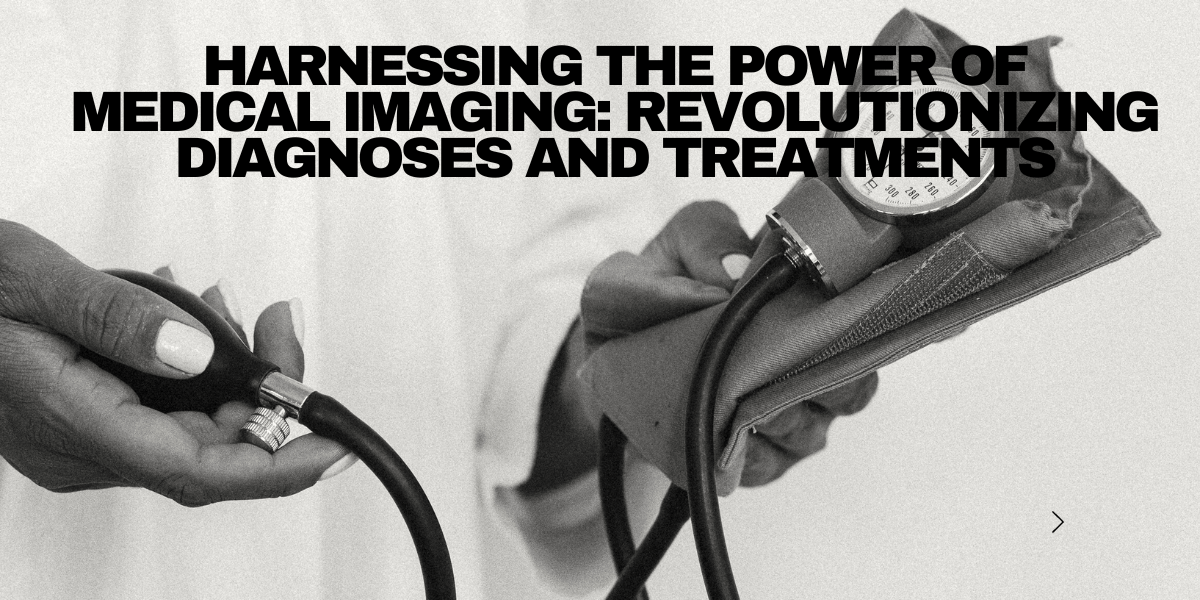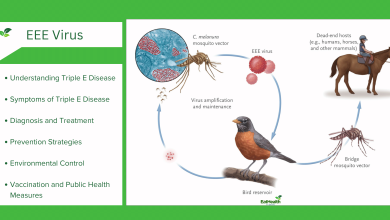How Do Advances in Medical Imaging Technologies, Such as MRI and CT Scans, Help Healthcare Providers Visualize and Diagnose Anatomical Abnormalities and Diseases?
Revealing the Future: How Medical Imaging Technologies Illuminate Health Diagnoses
Harnessing the Power of Medical Imaging: Revolutionizing Diagnoses and Treatments

In the ever-evolving landscape of healthcare, technology continues to play a pivotal role in improving patient outcomes. Among the remarkable advancements, medical imaging technologies, such as Magnetic Resonance Imaging (MRI) and Computed Tomography (CT) scans, have revolutionized the way healthcare providers visualize and diagnose anatomical abnormalities and diseases. In this blog post, we’ll delve into the world of medical imaging and explore how these cutting-edge technologies are transforming the field of healthcare.
The Rise of Medical Imaging Technologies
Before the advent of medical imaging technologies, healthcare providers relied on clinical examinations, patient history, and invasive procedures to diagnose medical conditions. While these methods are valuable, they often lacked the precision and depth of insight offered by modern imaging technologies.
Magnetic Resonance Imaging (MRI)
MRI is a non-invasive imaging technique that uses powerful magnets and radio waves to create detailed cross-sectional images of the body’s internal structures. Here’s how it works:
Magnetic Fields:
The patient is placed in a strong magnetic field, causing hydrogen atoms in the body to align with the field.
Radio Waves:
Radio waves are directed at the patient’s body, causing the hydrogen atoms to emit radiofrequency signals.
Image Formation:
These signals are captured and processed by a computer to create high-resolution, 3D images of the targeted area.
MRI is particularly valuable for visualizing soft tissues like the brain, spinal cord, muscles, and joints. It has revolutionized the diagnosis of conditions such as brain tumors, ligament injuries, and multiple sclerosis.
Computed Tomography (CT) Scans
CT scans use X-rays and sophisticated computer technology to generate detailed cross-sectional images of the body. Key features of CT scans include:
- X-ray Beams: A rotating X-ray machine emits a series of narrow beams through the body at various angles.
- Image Reconstruction: A computer compiles these X-ray images to create detailed cross-sectional images, also known as “slices.”
- 3D Visualization: The slices can be combined to create 3D images, providing a comprehensive view of the anatomy.
CT scans are invaluable for detecting conditions like lung cancer, bone fractures, and abdominal abnormalities. They are also instrumental in guiding surgical procedures.
Advantages for Healthcare Providers
The benefits of MRI and CT scans for healthcare providers are manifold:
- Precision: These technologies provide highly detailed images, allowing for more accurate diagnoses.
- Non-Invasive: Patients can avoid invasive procedures, reducing discomfort and risk.
- Treatment Planning: Healthcare providers can use imaging to plan surgeries and interventions with precision.
- Monitoring: Imaging is crucial for tracking disease progression and treatment effectiveness.
The Future of Medical Imaging
As technology continues to advance, so too will medical imaging. Emerging technologies like functional MRI (fMRI) and positron emission tomography (PET) are pushing the boundaries of our understanding of the human body. Additionally, artificial intelligence (AI) is playing a growing role in image analysis, assisting healthcare providers in faster and more accurate diagnoses.
Conclusion
The advent of medical imaging technologies like MRI and CT scans has transformed healthcare by providing a window into the human body’s inner workings. These technologies offer unparalleled precision, non-invasiveness, and the ability to diagnose conditions at an earlier stage, ultimately leading to better patient outcomes. As medical imaging continues to evolve, healthcare providers will have even more powerful tools at their disposal to visualize and diagnose anatomical abnormalities and diseases, ushering in a new era of healthcare excellence.




